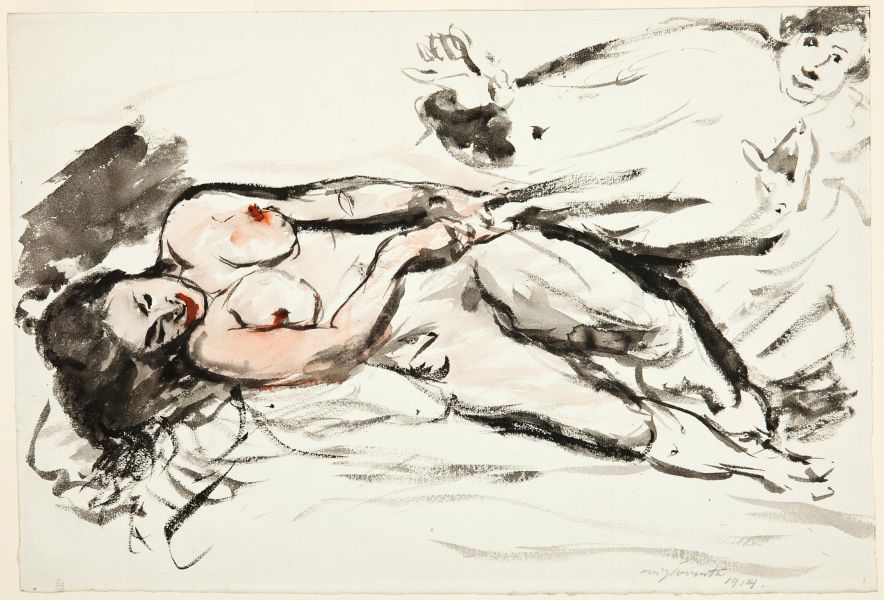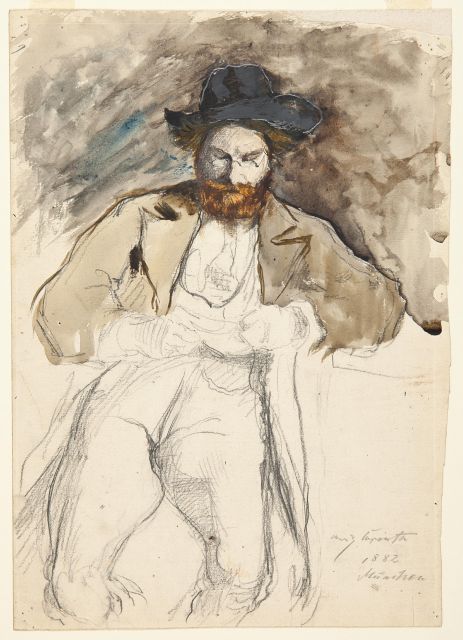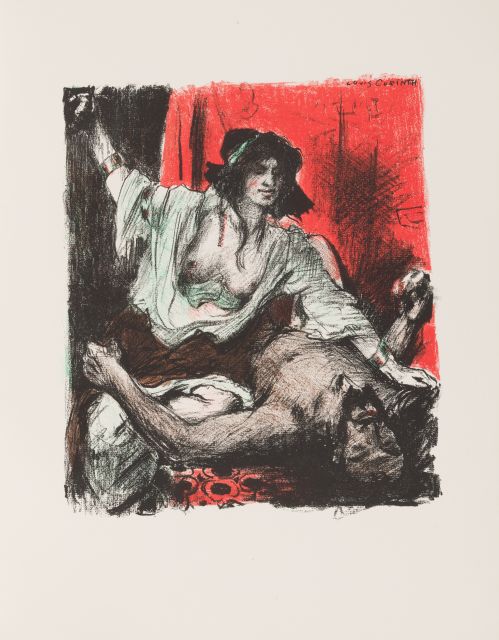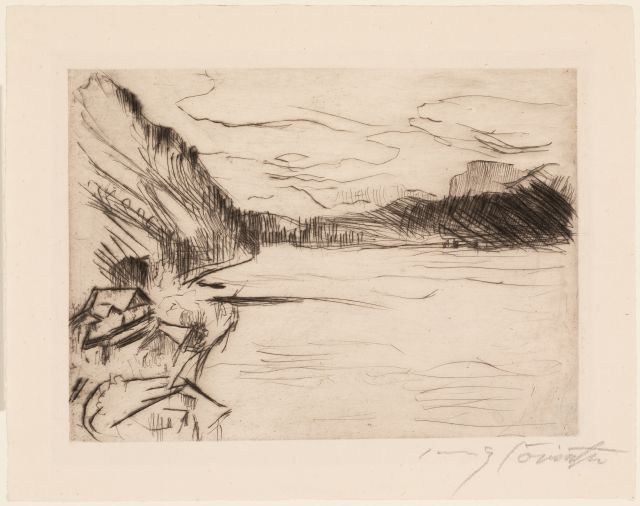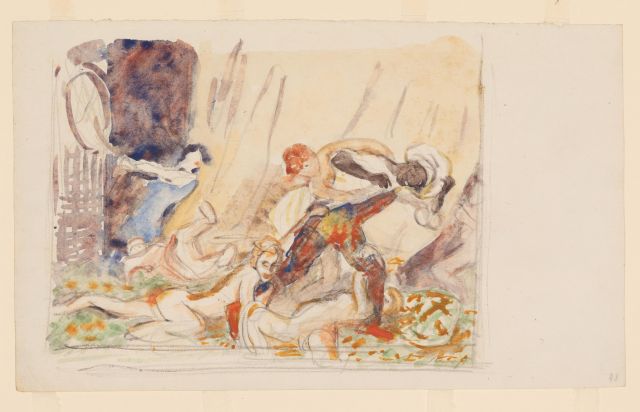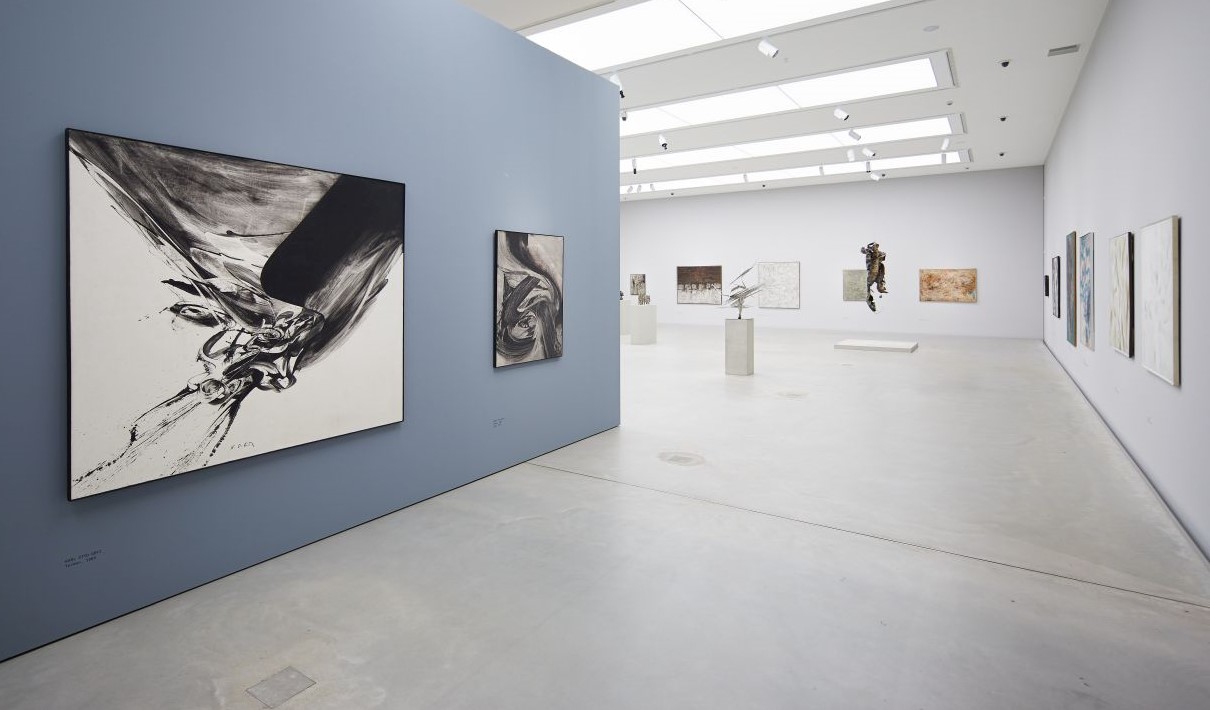Max Liebermann, Max Slevogt and Lovis Corinth are among the most important German Impressionists. With around 150 works, their drawings and prints form an important focal point in the graphic arts collection of the Kunsthalle Mannheim. This impressive collection of the three masters is also a testimony to the progressive and far-sighted collection and acquisition policy, especially of the director Fritz Wichert, who, after the foundation of the museum, paid special attention to the art of the French as well as the German Impressionists. The exhibition will not only feature depictions of people in the landscape, sketched with a light hand and often in nature, as well as Max Liebermann's depictions of genre, as well as Lovis Corinth's thematically wide-ranging picture series, but also the depictions of "The Magic Flute" by Max Slevogt, which are present in the collection both in the watercolor studies and in the etching cycle of the subject.
Curator: Dr. Thomas Köllhofer
Motifs and painting style
All three artists had to struggle for recognition over many years. Max Liebermann in particular was seen as a painter of the ugly, refusing the grand themes of the history painting and instead depicting women harvesting potatoes or factory workers. While Liebermann and Corinth clearly came from an outlook of realism and used the Impressionist style of painting to depict the subjects they had right in front of them, Slevogt painted and drew in an equally Impressionist manner, but found his motifs in the imaginative depiction of dramatic content of fairy tales, dramas or stories.
Illustrations
The exhibition will feature light-handed depictions of people in the landscape, often designed in nature, as well as Max Liebermann's depictions of genre. Also on view will be Lovis Corinth's thematically wide-ranging pictorial arc, as well as Max Slevogt's enchanting depictions of "Zauberflöte" (The Magic Flute). These are available in both watercolor studies and the etching cycle in the Kunsthalle's collection. Although the illustration of books is a central focus, especially in Slevogt's work, Corinth and Liebermann also dealt with the subject of illustration. The graphics table offers the opportunity to browse through the illustrations of these books.
